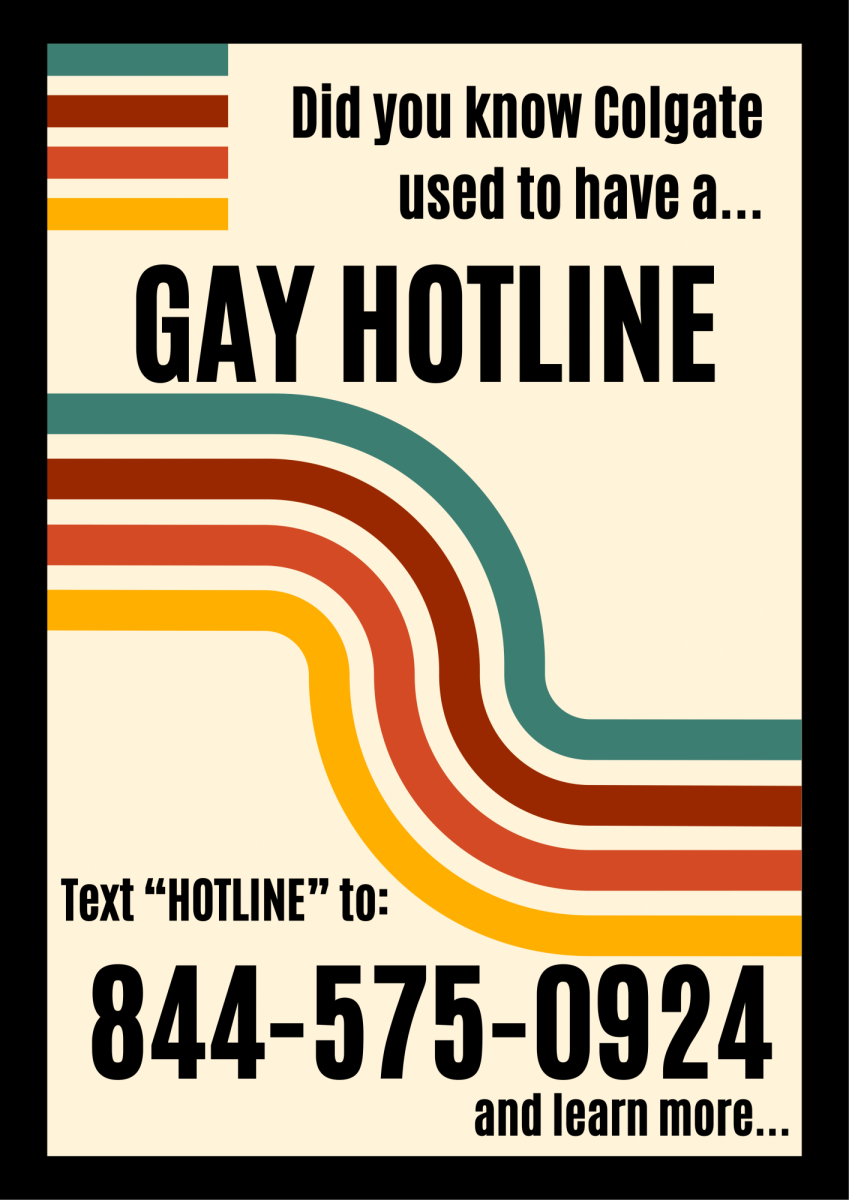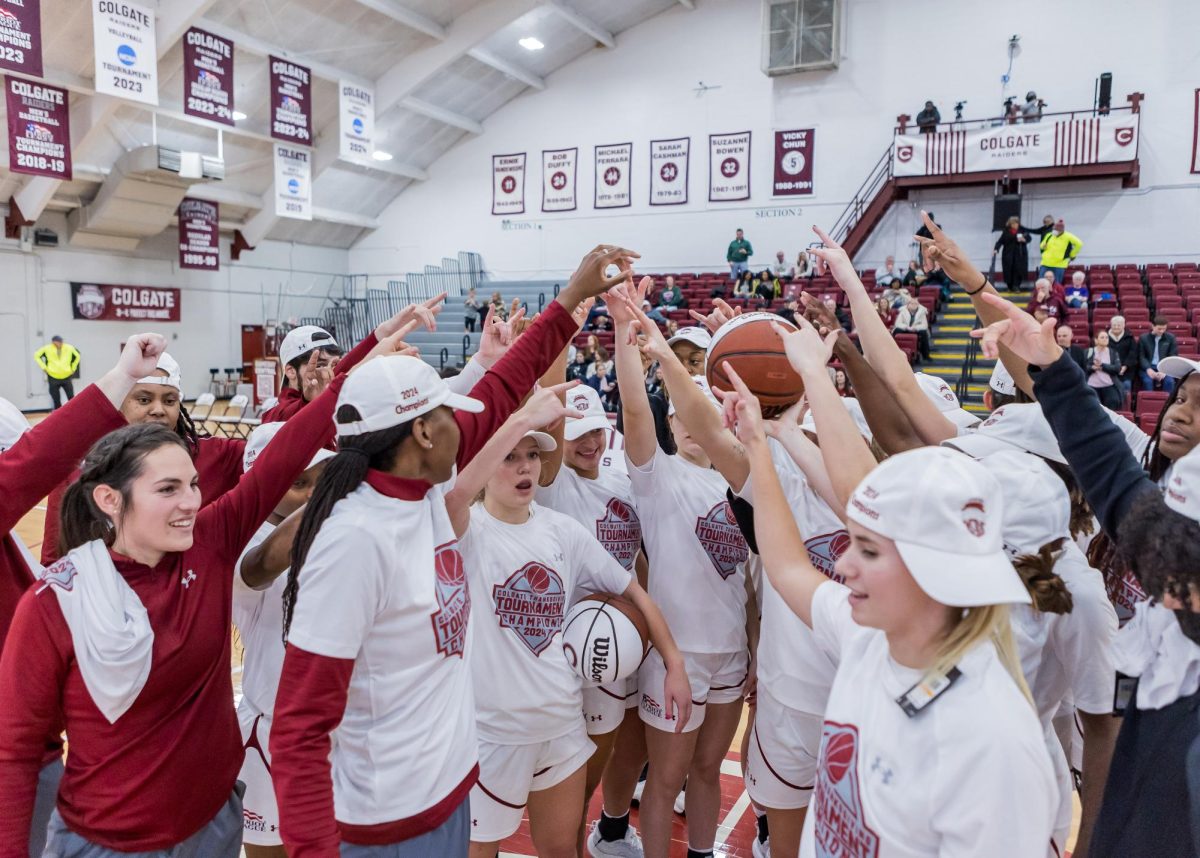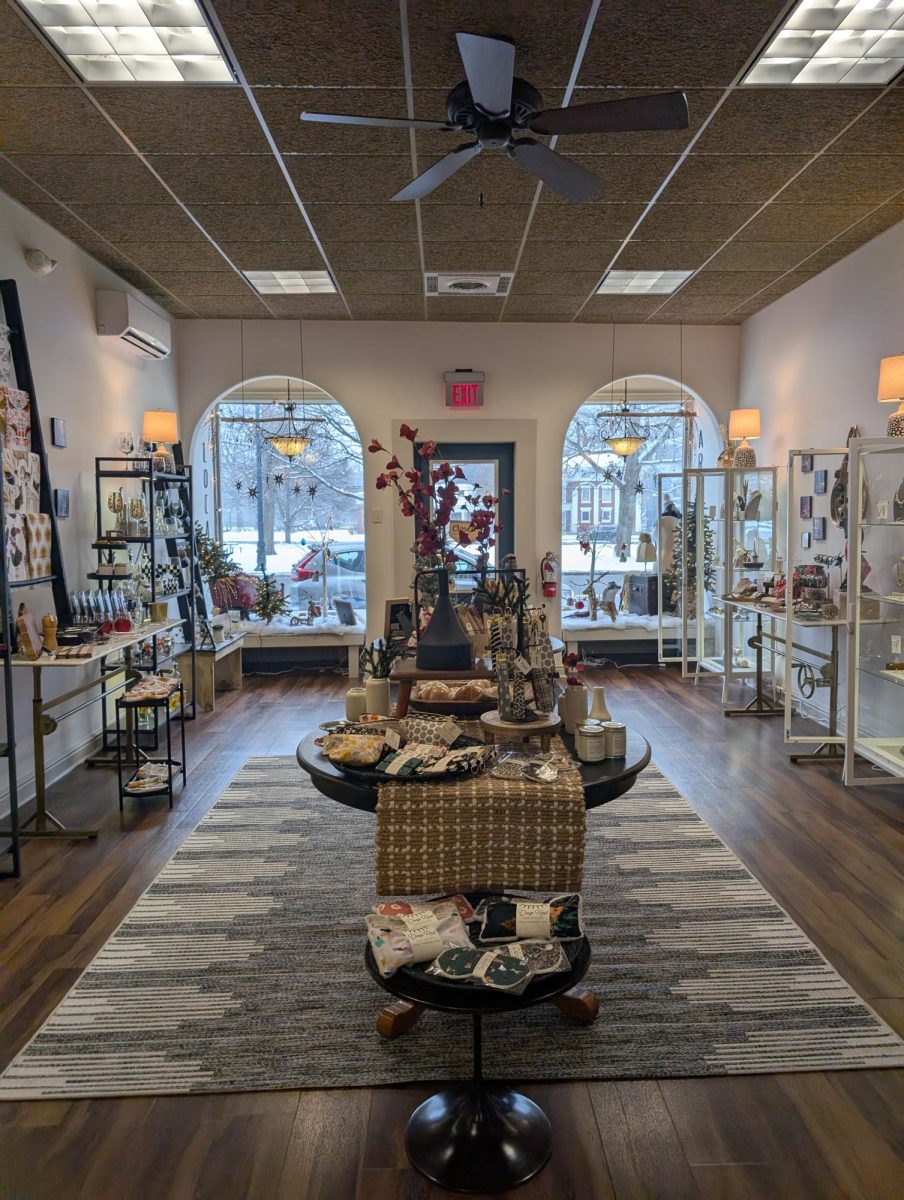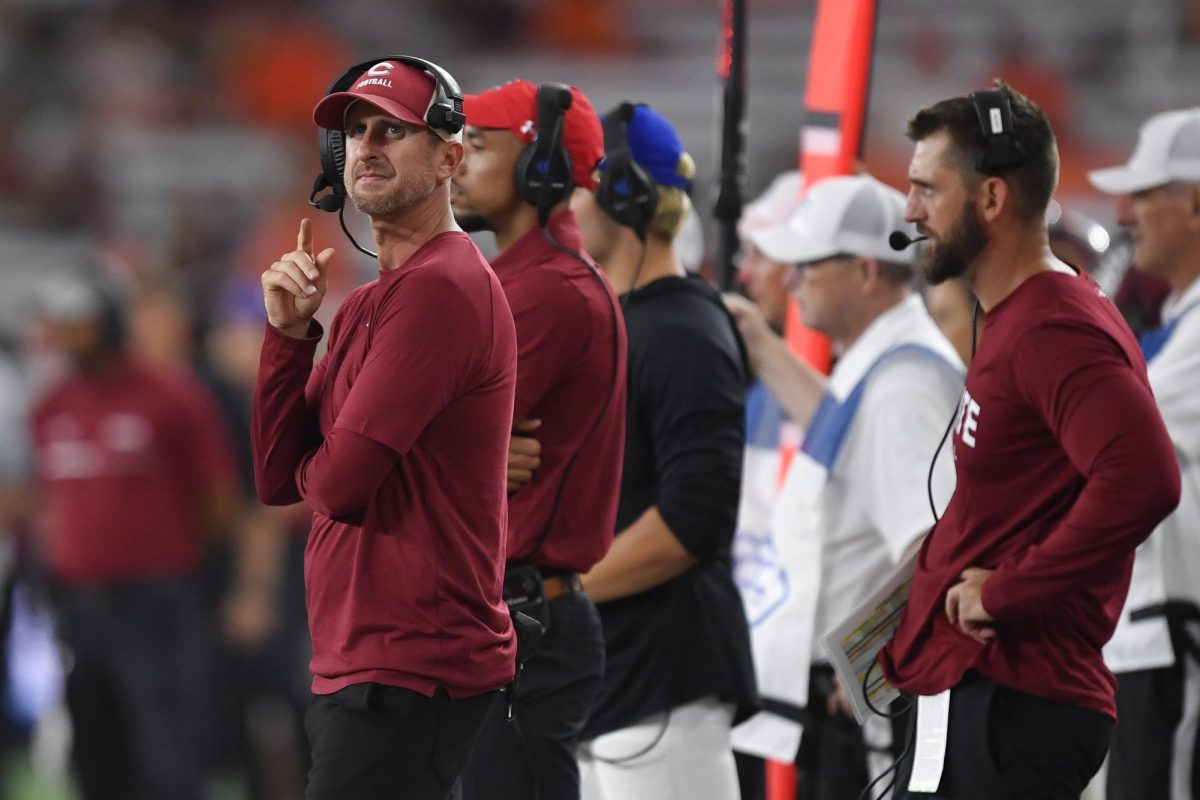The Ho Tung Visualization Lab premiered “The Great Solar System Adventure” on Friday, Oct. 4, a brand new immersive experience that teaches viewers the science behind our universe by transporting them directly into space — or, at least, making them feel as though they are in space. With its incredible visuals and dynamic surround sound, the show was as entertaining as it was educational. Additionally, being inside of the Visualization Lab, often nicknamed the “Vis Lab,” and getting to see the inner workings of the space was a show in and of itself.
“The Great Solar System Adventure” is an animated short film that follows a group of charismatic square-headed people as they step into the observatory of a Parisian showman known as “The Great Schiaparelli” to learn about our solar system. The show’s simple opening was actually one of the most incredible moments of the whole film, as the second audience members were able to lean back in their chairs and allow themselves to be immersed in what the giant dome screen was projecting, the motion could practically be felt as viewers descended feather-like through a sea of hot air balloons. Especially with the surround sound speakers projecting music and layers of voices coming from all angles, it was easy to feel like a part of the surrounding cartoon world.
The main setting of the show was a grand orrery, which is a model of the solar system that demonstrates the orbits and rotations of each planet. Beyond this orrery was a breathtaking rendition of the night sky, which earned a number of rightful gasps from the audience when the screen first panned over to it. Throughout the show, viewers essentially accompanied the characters as they flew through the orrery, occasionally entering a planet’s atmosphere to see what life would be like there. The visuals inside each planet were extremely beautiful, but aside from the aesthetics, they supported the information being presented in an engaging way. Music also played throughout the show, adding suspense to the particularly tense scenes and bliss to the especially wondrous ones.
With its impressive combination of visual and informational components, the show proved interesting to all, and even those who are less scientifically minded had something to enjoy. The effects throughout the film presented every fact in a stunning package, from the colorful critters used to represent the possibility of alien life on Jupiter’s moons to the fiery explosion of the sun’s coronal mass ejection that propelled our characters back to Earth.
One audience member, first-year Alexia Kilroy, commented on her experience.
“I really enjoyed it,” Kilroy said, “The animations were very realistic, and the atmosphere made it seem almost like a ride. The facts were interesting to learn, and the presentation made it much more engaging.”
Another audience member, first-year Olivia Michael, had a similarly awe-inspiring experience.
“The movie and all of the effects were super captivating,” Michael noted, “It was such a cool experience and I learned so much about space. It felt like I was in the planetarium.”
Though the show is technically a Colgate University campus event, it is open to the public and suitable for a wide range of audiences. Almost every seat in the room was taken, and while many were students there, there were also several families in attendance, and the wondrous “oohs” and “ahhs” of the young children at each of the most impressive visual effects made the show all the more enjoyable.
Sophomore Grace Gogliettino, a presenter at the Vis Lab, provided more insight into the lab itself after the presentation.
“The Vis Lab is open to the public, and we usually get around 10,000 people visiting per year,” Gogliettino said.
Often, these visitors include groups from local elementary schools coming for a show and a “sky talk,” a live presentation of constellations and their meanings. However, Colgate students have the extra opportunity to get involved with the Vis Lab hands-on. The lab is equipped with a few production rooms full of computers for students to work with at any time.
“You can come in at 3 a.m. and sit at a computer to work on whatever you want, and it’s completely funded,” Gogliettino said.
The inner workings of the dome itself were also an impressive sight to see, including how the controls operate to change the color of the screen and put on shows similar to this one, something else that Colgate students can be trained to do in the lab.
“The Great Solar System Adventure” will be shown three more times in the Vis Lab: Friday, Oct. 18, Saturday, Oct. 19 and Friday, Oct. 25. It runs for about 30 minutes, so it could be a perfect quick activity for Family Weekend or just something to do to kick off the weekend. The stunning visuals and captivating story are sure to blow you away.















